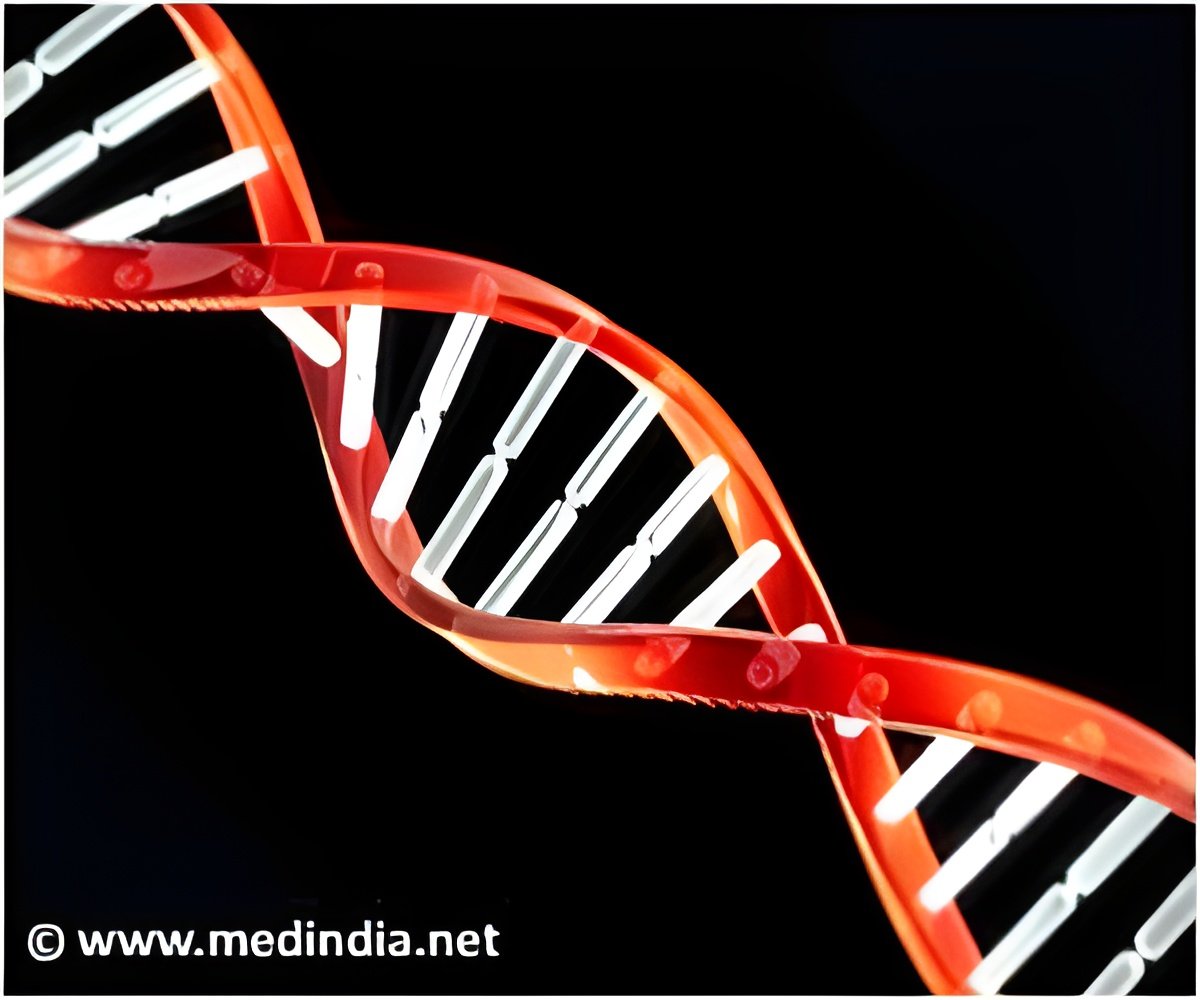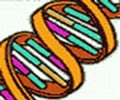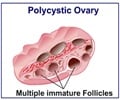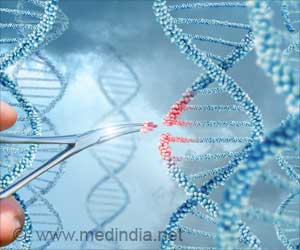Semen cell-free DNA (cfDNA) analysis offers a non-invasive way to diagnose male infertility, revealing specific patterns for conditions like azoospermia and varicocele with high accuracy.

Seminal plasma cfDNA fragmentomics landscapedelineates male infertility subtypes
Go to source). Analyzing these DNA fragments can help identify conditions like azoospermia (a severe infertility disorder) and varicocele (a common cause of male infertility). This method offers a simple and non-invasive way to diagnose reproductive issues than the invasive procedures.
‘Cell-free DNA (cfDNA) shows potential in identifying #maleinfertility diseases and replacing invasive procedures like biopsies. #cfdna #medindia
’





How DNA in Semen is Different from Blood
cfDNA in blood has been widely studied for cancer detection and prenatal screening, but semen cfDNA’s potential in disease diagnosis remains unexplored. Researchers found that semen cfDNA has a unique structure, with shorter fragments than those in blood. It is due to specific processes like sperm production and cell death in the male reproductive system. Scientists believe semen cfDNA could identify male fertility more accurately than current diagnostic methods.In this study, scientists examined DNA fragmentation patterns in men with two major infertility conditions–azoospermia and varicocele. They discovered that each condition releases a specific pattern of DNA fragments into the semen. By analyzing the length, shape, and chemical modifications of cfDNA in semen, researchers achieved 87% accuracy in diagnosing azoospermia and 83% for varicocele. This highlights its potential as a non-invasive procedure with high specificity replacing invasive procedures like biopsies, making infertility diagnosis easier and more precise.
Monitoring Male Fertility Health
Analysis of semen cfDNA could help in infertility treatments, track reproductive system diseases, and even monitor the effects of certain medications. This research also highlights how different enzymes in semen contribute to unique DNA fragmentation patterns, offering a new way to study male reproductive health at the molecular level.The study was conducted on a limited number of samples, and factors like DNA extraction techniques had an impact on the results. Future research will focus on developing this method and expand its application.
Reference:
- Seminal plasma cfDNA fragmentomics landscapedelineates male infertility subtypes - (https://www.researchgate.net/publication/389965988_Seminal_plasma_cfDNA_fragmentomics_landscape_delineates_male_infertility_subtypes)
Source-Medindia















